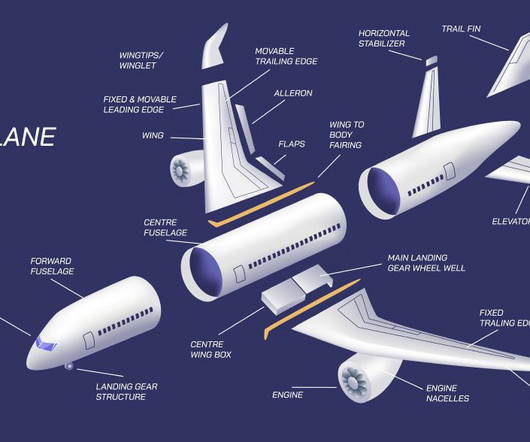Flying a Small Plane: Key Insights for Beginners
Pilot's Life Blog
JANUARY 12, 2025
Understanding the Basics of Flight Aerodynamics 101 Flying a small plane revolves around understanding four key forces: lift, thrust, drag, and weight. Lift is generated by the wings as air flows over them, counteracting weight, which pulls the plane downward due to gravity.











Let's personalize your content